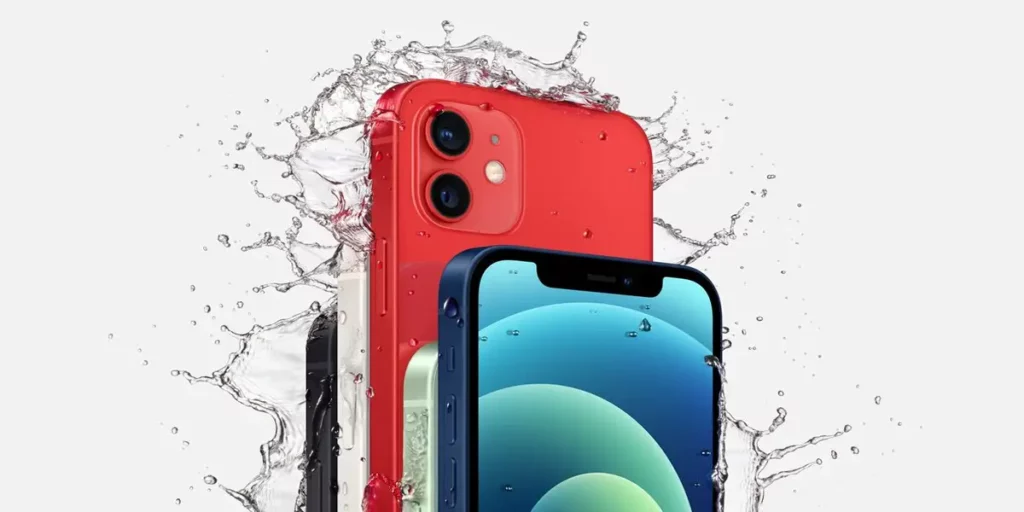Apple has released a new iOS update to fix the radiation issue on the iPhone 12. The phone sparked a massive controversy after the French authorities raised concerns about the radiation emissions from the device. The Cupertino giant has now released an iOS update to address the issue on the device.
What Is The Radiation Controversy?

The Apple iPhone 12 surpassed the radiation regulation levels in the European Union. The Agence Nationale Des Fréquence (ANFR) tested more than 141 phones to measure their SAR (Specific Absorption Rate). It found that the electromagnetic energy absorption emitted by the iPhone 12 is 5.74 watts per kilogram, higher than the EU’s 4 watts per kilogram limit.
This led the country to ban device sales, although Apple already discontinued it. The company claims the device is safe and meets all emissions requirements. Apple assured the government that it would fix the issue with a software update. It has now released a new iOS update to resolve the issue.
Apple Fixes Radiation Issue On iPhone 12
Apple has now released a new iOS 17.1 update to fix the radiation emission issue on the iPhone 12. This update will be available for users in France. Furthermore, the company has issued a statement explaining the reason behind the emission surge.
According to Apple, all iPhones have an off-body detection mechanism to detect when the phone is on a static surface. This is used to optimize performance in off-body scenarios. It claims the phone has been certified by multiple international bodies and complies with all radiation standards.
Apple says the French authority used a protocol that measured the radiation in this mode and did not account for off-body detection. The new software update tries to account for the protocol.
The iOS 17.1 update will reduce the radiation level when the phone is on a static surface. The new update reduces the phone’s power when kept on a table. Apple says this could result in slightly lower cellular performance in low-signal areas. However, the company claims the vast majority of the audience is unlikely to notice the change.